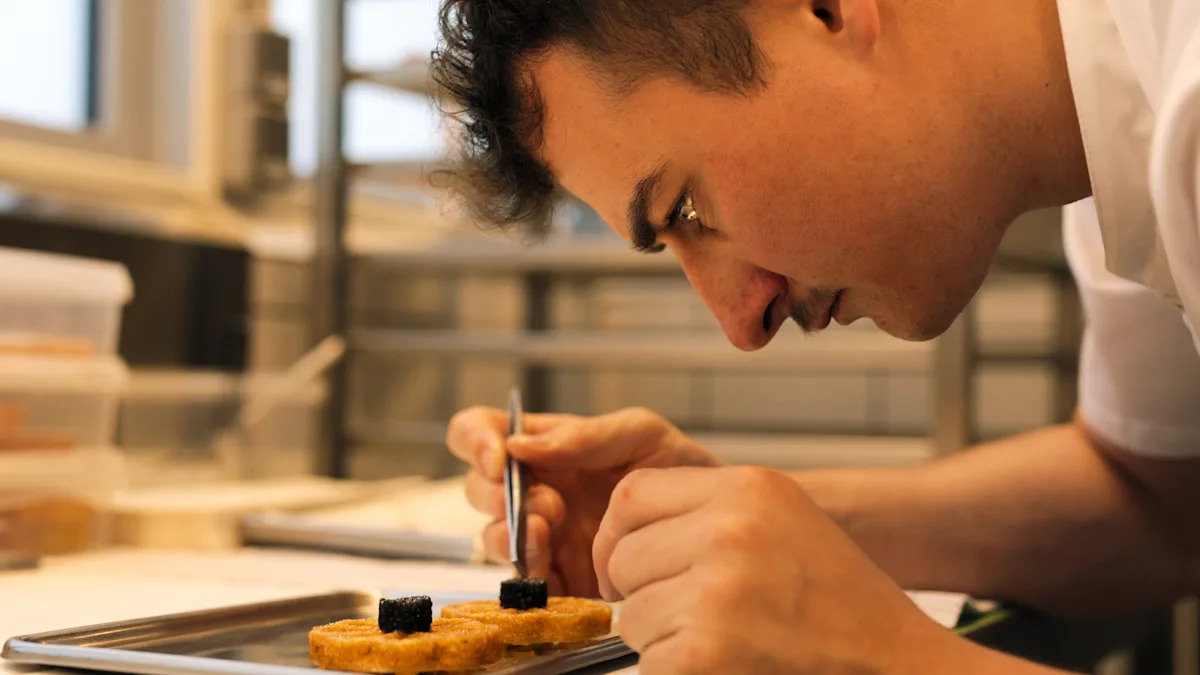Deadline’s Contenders Film: London helped kick off the movie-awards season on Saturday, October 11 by spotlighting nine films that have been creating buzz so far, featuring a list of panelists that includes Colin Farrell, Adam…
Author: admin
-
Chinese vice premier urges efforts to boost growth of specialized enterprises
HANGZHOU, Oct. 11 — Chinese Vice Premier Zhang Guoqing has called for further work to augment the growth of enterprises that use specialized and sophisticated technologies to produce novel and unique products.
Zhang, also a member of the Political Bureau of the Communist Party of China Central Committee, made the remarks during a research trip in east China’s Zhejiang Province from Thursday to Saturday.
In the city of Ningbo, Zhang visited several such enterprises spanning the sectors of all-solid-state batteries for new energy vehicles, optical instruments and components, and industry vertical models — learning in detail about these firms’ research and development (R&D), production and operations, and transformation and upgrading endeavors.
He said that enterprises that use specialized and sophisticated technologies to produce novel and unique products constitute a vital force in building manufacturing power and developing new quality productive forces — and that they should be supported in their technological innovation efforts and R&D investment.
Zhang added that efforts should be made to accelerate digital and intelligent transformation and promote the application of new technologies such as artificial intelligence in R&D design, product manufacturing and process optimization.
While in the province, Zhang also inspected a petrochemical base in the city of Zhoushan — where he learned about work safety improvements and the upgrading of chemical industrial parks.
He said work should be done to strengthen inspection of major hazard sources and key facilities, detect problems early, accelerate the elimination and upgrading of old chemical facilities, and enhance safety of chemical enterprises.
Continue Reading
-

Moore Foundation Awards Shi $1.3M To Advance Quantum Physics
Carnegie Mellon University Associate Professor Sufei Shi has been selected by the Gordon and Betty Moore Foundation to join its 2025 cohort of Experimental Physics Investigators. The programme will award him $1.3 million over five…
Continue Reading
-
North Korea holds military parade, shows off new intercontinental missile – Dawn
- North Korea holds military parade, shows off new intercontinental missile Dawn
- Huge missile takes centre stage at N Korea parade BBC
- Kim Jong Un unveils North Korea’s ‘strongest nuclear weapon’ at parade Al Jazeera
- China, North Korea to…
Continue Reading
-
Just a moment…
Just a moment… This request seems a bit unusual, so we need to confirm that you’re human. Please press and hold the button until it turns completely green. Thank you for your cooperation!
Continue Reading
-

Chasing Michelin Stars’ Is ‘The Bear’ Made Real
Despite the way it has flooded the zone for the past few decades, I find it hard to enjoy most food television as it exists in 2025. Glitzy fine-dining porn like Chef’s Table is just that — an overwhelming series of zero-context money shots….
Continue Reading
-
John Cena Leaves AJ Styles Speechless with Classy Gesture Before WWE Bout
John Cena left AJ Styles stunned with an incredible gesture honouring his career ahead of the two legend’s final match.
Cena, nearing the end of his retirement tour, personally requested to face ‘The Phenomenal One’ in one of his last encounters -…
Continue Reading
-

Housing for Newmarket’s horse racing apprentices approved
New accommodation for young apprentices at a town’s racing school is set to be built.
East Cambridgeshire District Council has approved plans submitted by the British Racing School for 24 en-suite bedrooms to be built off Snailwell Road in…
Continue Reading
-
Rinderknech upsets Medvedev to set final against cousin Vacherot, turning Shanghai into Hollywood – ATP Tour
- Rinderknech upsets Medvedev to set final against cousin Vacherot, turning Shanghai into Hollywood ATP Tour
- World No 204 Valentin Vacherot topples Djokovic to make history in Shanghai The Guardian
- Shanghai | Rinderknech springs another surprise to…
Continue Reading
-

Taylor Swift’s ‘The Life of a Showgirl’ takes aim at her friendship with Blake Lively?
Blake Lively ‘never imagined Taylor would stay upset for this long’ Taylor Swift’s latest album, The Life of a Showgirl, has seemingly shaken Blake Live to the core.
An insider told RadarOnline.com that Lively…
Continue Reading
